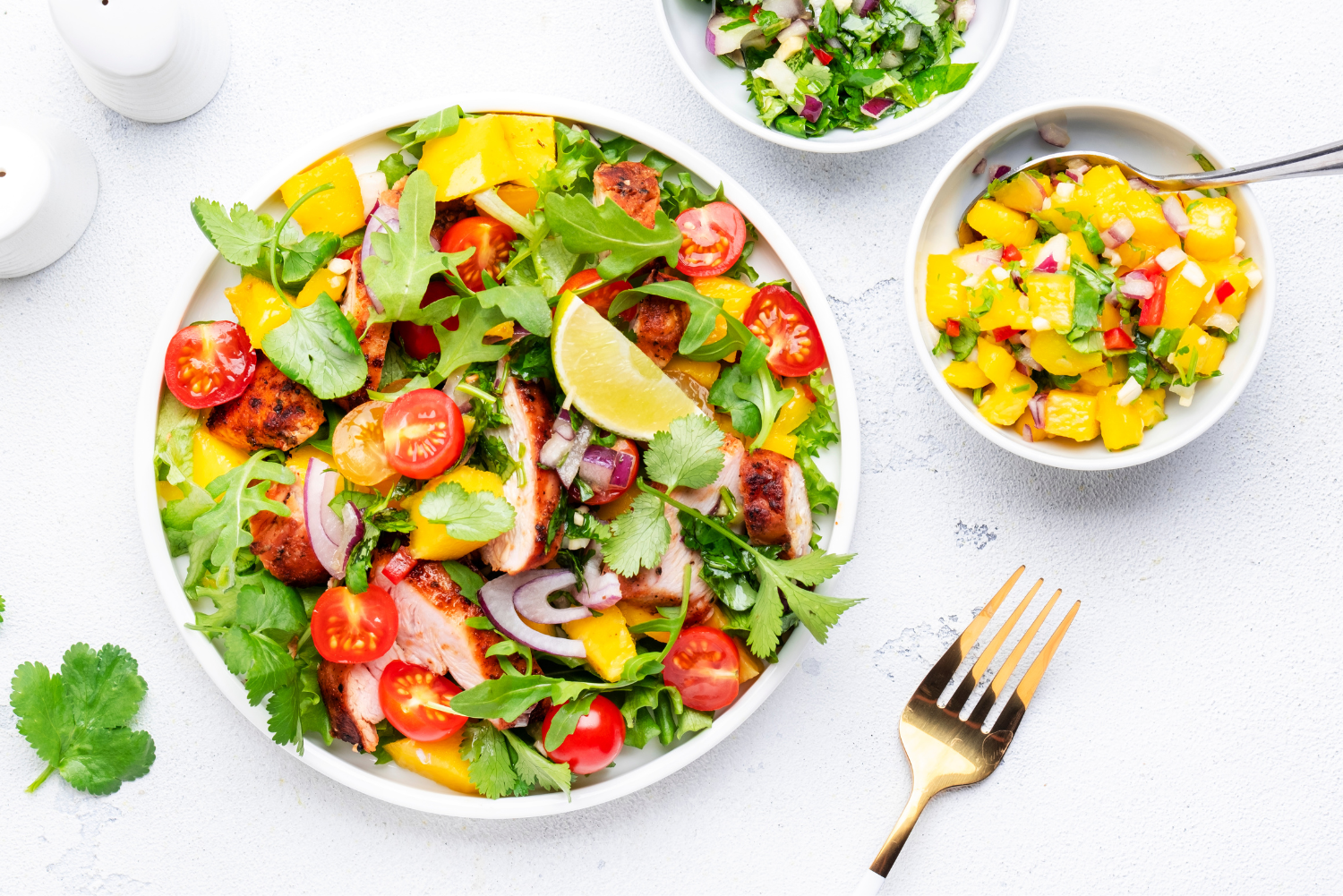
Don't be tricked by misleading claims!
From sugary snacks labeled as "whole grain," to classic claims like "part of this complete breakfast," there's no secret that there is a lot of misleading information about the food we eat. A wealth of helpful information can be found on the nutrition facts label of every food item available for purchase, but it's up to the consumer to sort through it and determine if a product is truly healthy, or is rather junk food in disguise. Here are some tips that will help you make this important differentiation!
Step 1: Watch out for serving sizes
You will find that nutrition labels state how many calories and nutrients are in a suggested single serving, or a standard amount of the product.
However, these serving sizes are frequently much smaller than what you would consume in one sitting. For example, one serving may be half a can of soda, a quarter of a cookie, half a chocolate bar, or 1/4 cup of chips.
TIP: Make sure that the serving size corresponds to the actual amount of product you would normally consume in one sitting to determine if the nutritional value is too calorie-dense, or if it is appropriate for your diet!
Step 2: Take note of the ingredients
Whole foods, or those that have just one ingredient (such as cucumber, apple, banana, broccoli), are best. However, if you're buying a product that has a list of ingredients, try to aim for a short ingredient list (fewer ingredients means the food will be easier for your body to digest) and make sure you can recognize more than half of the ingredients listed. It's also important to note that ingredients are listed by quantity, from the highest amount to the lowest. This means the first ingredient is included at the highest percentage in the product. If the first few ingredients include refined grains, a type of sugar, or a hydrogenated oil, you can assume that the product is not the healthiest.
TIP: A good rule of thumb is to read the first three ingredients, and make sure they are foods you can recognize, such as whole grains, fruits, and vegetables. They make up the largest percentage of what you’re eating.
Step 3: Let the % Daily Values be your guide
The percent Daily Values (DV) can help you evaluate how a particular food fits into your daily meal plan. Percent DV are for the entire day, not just one meal or snack. Daily Values are average levels of nutrients based on a person who eats 2,000 calories a day. A food item with a 5% DV of fat provides 5% of the total fat that a person who needs 2,000 calories a day should eat. You may need more or less than 2,000 calories per day. This means that you may need more or less than 100% DV that is listed on the package for some nutrients.
TIP: A low Daily Value is 5% or less: aim low in saturated fat, trans fat, cholesterol and sodium. A high Daily Value is 20% or more: aim high in vitamins, minerals and dietary fiber.

How do I know if a food is healthy?
As a general rule, you should choose foods that are low in saturated fat, added sugars and sodium. These will be clearly marked on the label. Foods considered healthy are high in protein, vitamins, minerals and dietary fiber.
Buy foods with ingredients you can pronounce and recognize, and most importantly, prioritize whole foods.
A Juno Wellness nutritionist can guide you in how to shop smartly and how to pick the best products for you and your family.
Maximize your nutrition with a Juno meal plan!
We know that the nutrition world can be overwhelming and hard to decipher, and we're here to help in every way can!
Did you know that Juno Wellness offers personalized meal plans that we tailor to your nutritional and caloric needs?
Start by taking our survey to provide us information on your lifestyle, food preferences/restrictions, and any digestive challenges you might be facing.
We then analyze your data and create the right combinations and food pairings to give your gut exactly what it needs. You then receive a personalized 1-week meal plan (up to 7 weeks total), a shopping list for each week, and easy-to-follow recipes for all dishes.
Enjoy this real food recipe on us!

Mango Chicken Salad
Servings: 3
Cooking time: 15 min
Ingredients:
1 C Mango (small, chopped, divided)
1/4 tsp Cumin (ground)
1 1/2 tbsps Apple Cider Vinegar
2 tbsps Plain Greek Yogurt
4 1/2 cups Baby Spinach
10 ozs Chicken Breast, Cooked (chopped)
1 Cucumber (medium, chopped)
Directions:
Add half the mango, cumin, vinegar, and yogurt to a food processor and blend until smooth. Divide the spinach, chicken breast, cucumber, and remaining mango onto plates. Top with the mango dressing and enjoy!





